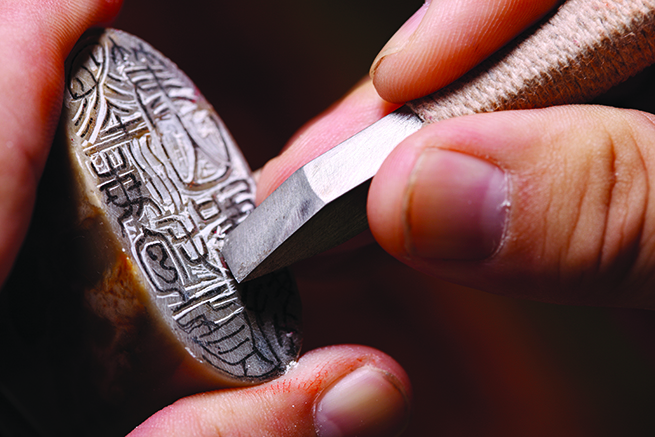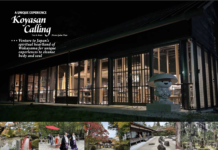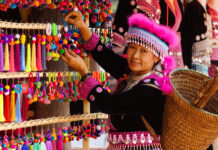The meticulous art-form of seal stamping continues to be popular in China today
The Chinese seal – a mainstay in the country’s arsenal of writing supplies – is truly a resilient piece of stationery.
So rarely do the fashions of centuries ago remain intact today that the seal and its relatively unchanged form make it a remarkable survivor of modern times, Sun Weizu remarks in the first chapter of his 2004 book Chinese Seals: Carving Authority and Creating History. For calligraphers and painters, the personalised device functions much like a signature – immediately identifying to experts and auction houses the works of different masters.
Related: Batik Gets Tech Upgrades
Seal carving is considered one of the Chinese fine arts. Artisans were fluent in language and calligraphy, and combined this knowledge to create a symmetrical and aesthetically pleasing combination of characters, landscapes and decorative motifs (like birds and flowers) on canvases as tiny as 12 millimetres across. Sometimes carvings of lions and dragons topped the seal, which could be made out
of semiprecious stones or gold for nobility. With such tiny details, artisans need steady hands and immense patience, for one wrong move could mean starting over.

A glimpse at the history of seals and seal engraving reveals just how little the practice has changed since its inception. Like their ancient counterparts, both professional and amateur seal carvers today employ largely the same steps in the process. First, a design is sketched on paper and transferred to a block of stone or other material. With special knives, they engrave the design into the stone, sanding it down.
It’s then tested with commercial purple ink before being properly stamped and packed with a packet of red cinnabar paste.
Initially, only powerful figures in society bought and used seals, but the practice grew widespread for its utility in validating business, artistic and religious documents.
Though seals are less popular today, some businessmen still use them to authenticate the origin of commercial documents and correspondence – often alongside handwritten signatures for extra security.
Related: Long Live the Noodle
For more stories and photographs from this issue, see Asian Geographic Issue 130, 2018











